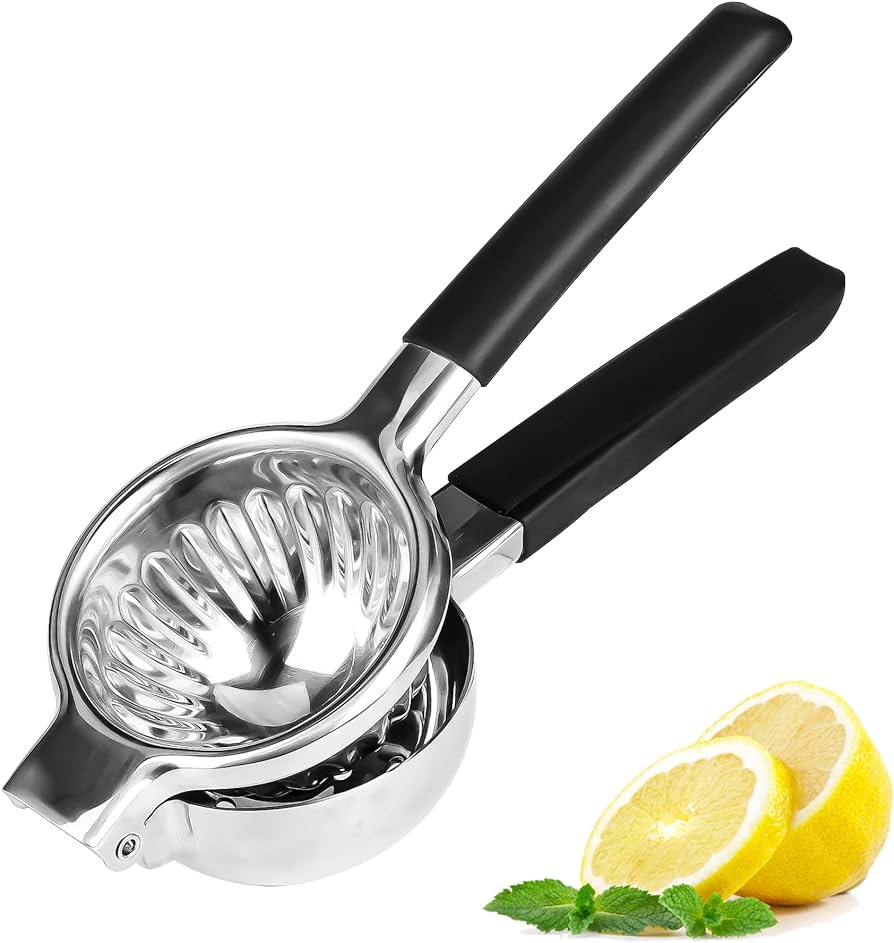
Introduction:
Juicing limes without a juicer might seem challenging at first, but it’s quite manageable with the right techniques and tools. Whether you find yourself without a juicer or prefer a more hands-on approach, there are several effective methods to extract lime juice manually. This comprehensive guide will explore these methods, discuss useful tips, and address potential challenges.
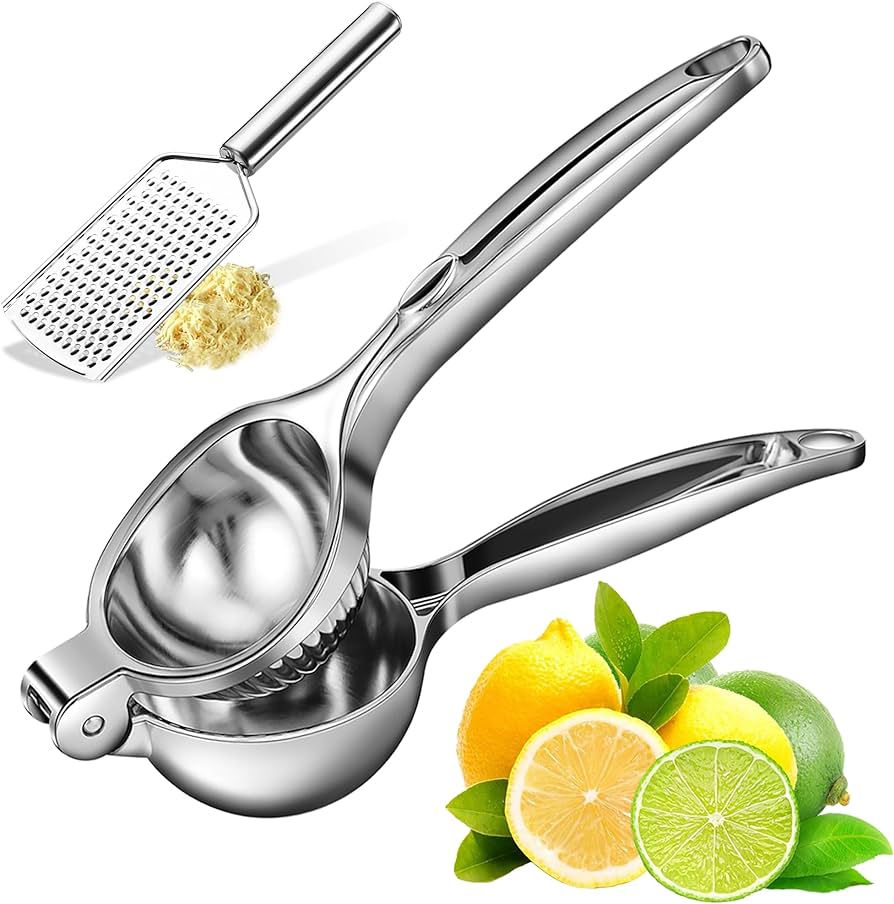
How to Juice a Lime Without a Juicer?
The Importance of Fresh Lime Juice
Before diving into the various juicing techniques, it’s essential to understand the importance of fresh lime juice in cooking and beverages.
Flavor Enhancement: Fresh lime juice adds a vibrant, tangy flavor to a wide variety of dishes and drinks. Its unique acidity can brighten up salads, marinades, cocktails, and even desserts, bringing a fresh and zesty note that bottled juice simply can’t match.
Nutritional Benefits: Limes are rich in Vitamin C, an essential nutrient that supports the immune system, skin health, and overall wellness. Freshly squeezed lime juice maintains these nutritional benefits, which may be diminished in processed juices.
Natural Preservative: The acidity in lime juice acts as a natural preservative, preventing browning and spoilage in foods like guacamole and fruit salads. This quality makes it a valuable ingredient in both savory and sweet preparations.
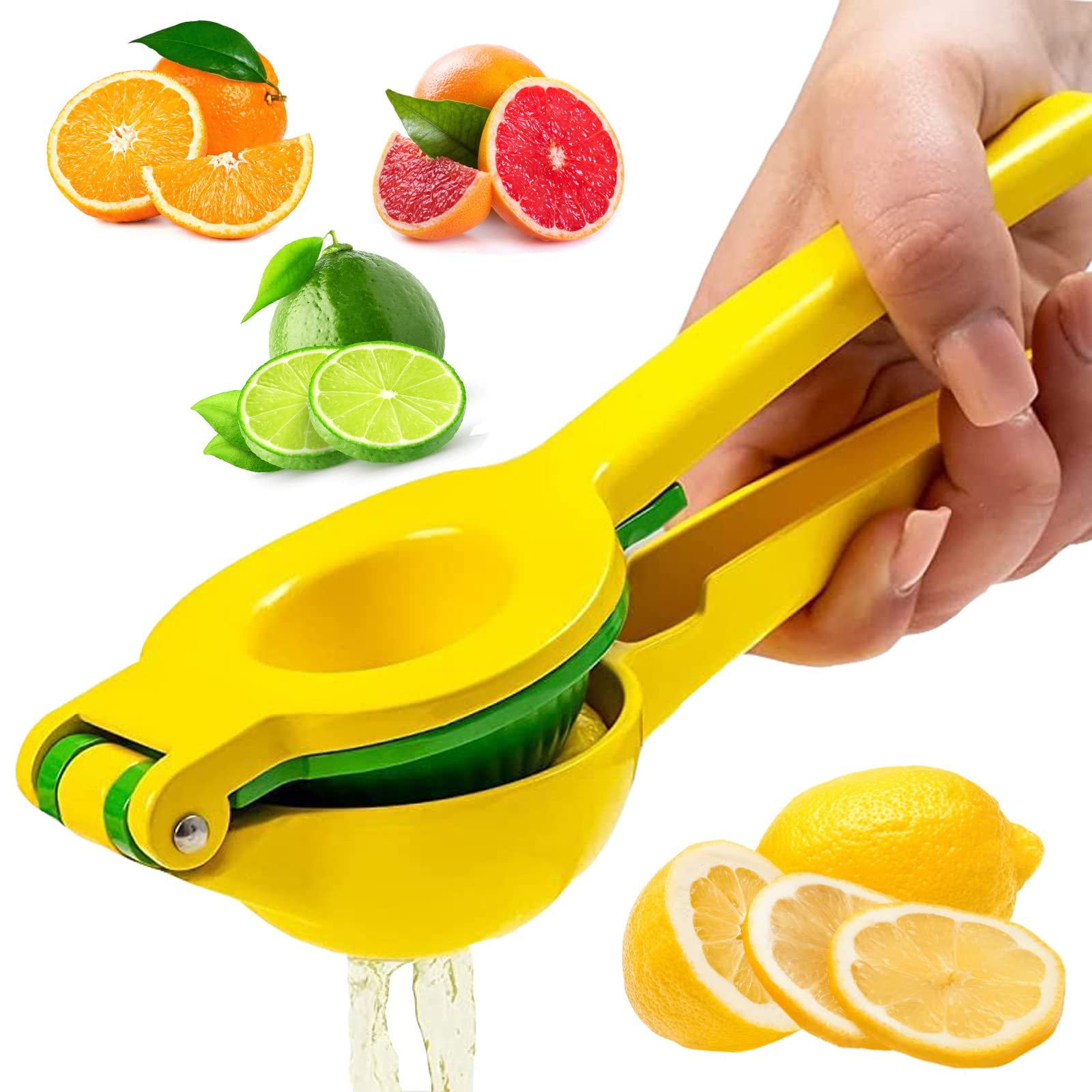
Juicing Techniques Without a Juicer
Several methods allow you to juice a lime efficiently, even without specialized equipment. Each technique has its advantages, and the best one for you will depend on your preferences and available tools.
Hand Squeezing:
Hand squeezing is the most straightforward method and requires only your hands and the lime itself.
Step-by-Step Hand Squeezing:
- Soften the Lime:
- Roll the lime on a hard surface, applying gentle pressure with your palm. This helps break down the internal membranes and makes juicing easier.
- Cut the Lime:
- Slice the lime in half crosswise, exposing the juice sacs.
- Squeeze the Lime:
- Hold one half of the lime over a bowl or glass.
- Use your hand to squeeze the lime firmly, applying pressure to extract as much juice as possible.
- Rotate the lime as you squeeze to ensure you get all the juice.
- Repeat with the other half.
Pros:
- Simple and quick.
- No additional tools required.
Cons:
- May not extract all the juice.
- Can be messy and might require significant effort.
Using a Fork or Spoon:
Using a fork or spoon can help you extract more juice with less effort compared to hand squeezing alone.
Step-by-Step Fork or Spoon Method:
- Soften the Lime:
- Roll the lime on a hard surface as described in the hand squeezing method.
- Cut and Insert Fork or Spoon:
- Slice the lime in half.
- Insert a fork or spoon into the flesh of the lime.
- Twist and Squeeze:
- Twist the fork or spoon while squeezing the lime, which helps break the internal membranes and release more juice.
- Move the utensil around the lime’s interior to juice all areas thoroughly.
- Repeat with the other half.
Pros:
- Extracts more juice than hand squeezing.
- Simple tools needed.
Cons:
- Can be tricky to insert and twist efficiently.
- Fork or spoon may get sticky.
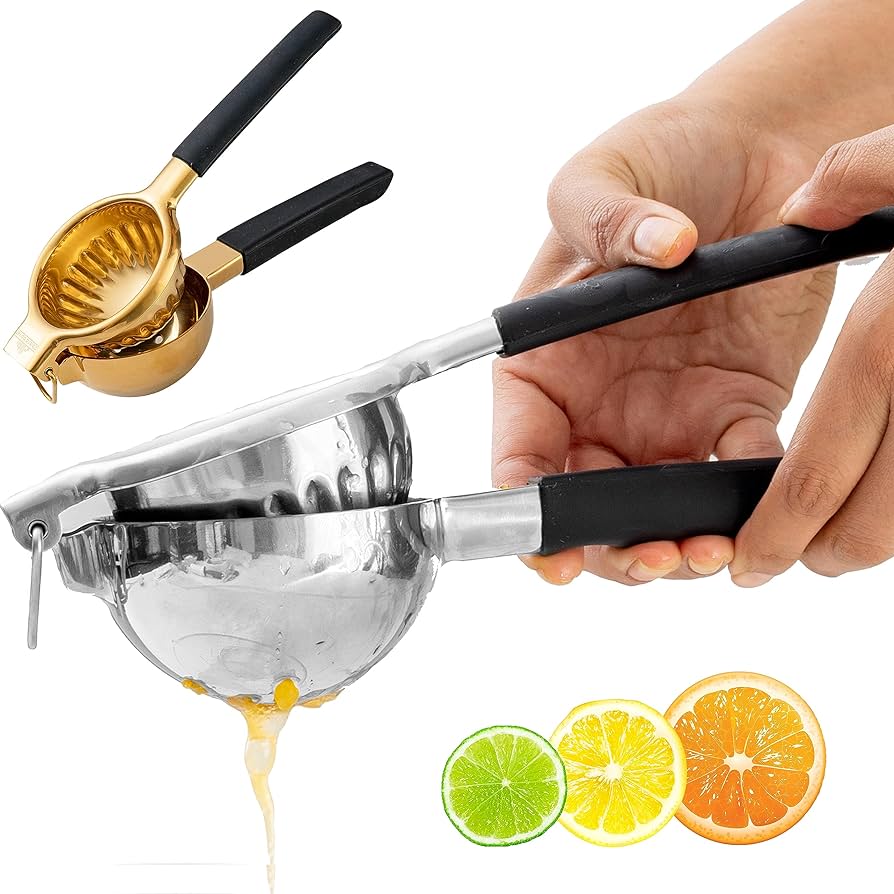
Microwave Method:
Microwaving the lime briefly before juicing can make the fruit softer and easier to juice.
Step-by-Step Microwave Method:
- Prep the Lime:
- Roll the lime on a hard surface to soften it.
- Microwave:
- Place the lime in the microwave and heat it on high for 10-15 seconds. Be careful not to overheat.
- Cut and Juice:
- Cut the lime in half and use the hand squeezing or fork/spoon method to juice it.
Pros:
- Softens the lime, making it easier to juice.
- Can result in more juice extraction.
Cons:
- Requires access to a microwave.
- May slightly warm the juice, which could be undesirable for some uses.
Using a Glass or Bowl:
Utilizing the edge of a glass or bowl can provide additional leverage for juicing.
Step-by-Step Glass or Bowl Method:
- Soften the Lime:
- Roll the lime on a hard surface.
- Cut the Lime:
- Slice the lime in half.
- Press Against Edge:
- Hold one half of the lime and press the cut side against the edge of a glass or bowl.
- Twist and press down, using the edge to help extract the juice.
- Repeat with the other half.
Pros:
- Provides extra leverage.
- Easy to implement with common kitchen items.
Cons:
- Can be messy if not done carefully.
- May not extract all the juice efficiently.
Using a Manual Juicer or Reamer:
If you have a manual juicer or a citrus reamer at home, these tools can significantly simplify the juicing process.
Step-by-Step Manual Juicer or Reamer Method:
- Prep the Lime:
- Roll the lime on a hard surface and cut it in half.
- Position the Lime:
- Place one half of the lime, cut side down, on the juicer or reamer.
- Extract the Juice:
- Press and twist the juicer or reamer to extract the juice.
- Rotate the lime to ensure all the juice is extracted.
- Repeat with the other half.
Pros:
- Effective and efficient juice extraction.
- Minimal mess and easy to use.
Cons:
- Requires a specific tool.
- Additional cleanup compared to hand methods.
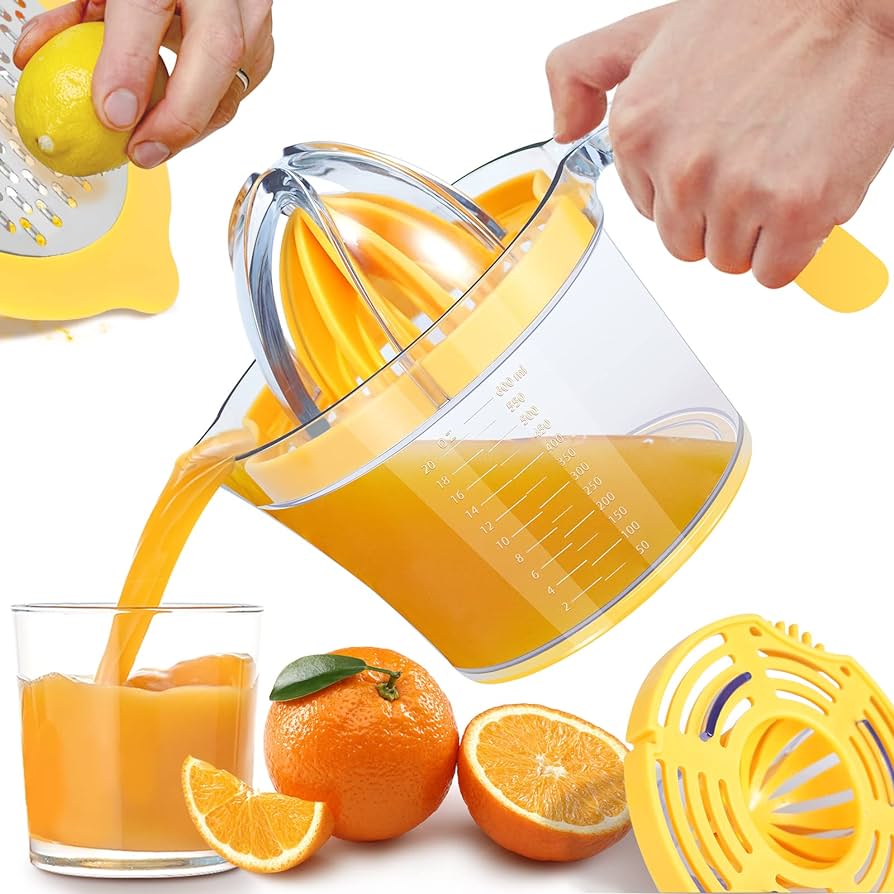
Tips for Maximizing Juice Extraction
Following certain tips and tricks can help you extract the maximum amount of juice from your limes, regardless of the method you choose.
Select Ripe Limes: Choose limes that are slightly soft to the touch and have a smooth, glossy skin. Ripe limes are juicier and easier to squeeze than under-ripe, hard ones.
Warm the Limes: If your limes are cold, let them sit at room temperature or heat them briefly in the microwave. Warmer limes yield more juice as the heat helps break down the cell walls within the fruit.
Use a Rolling Technique: Rolling the limes on a hard surface before juicing helps break down the internal membranes, making it easier to extract the juice. Apply gentle pressure with your palm to soften the lime evenly.
Cut the Limes Crosswise: Cutting limes crosswise (through the equator) exposes more juice sacs, allowing for more efficient extraction compared to lengthwise cuts.
Combine Methods: For maximum juice extraction, combine methods such as microwaving before hand squeezing or using a fork/spoon to break down the membranes further after initial squeezing.
Uses for Freshly Squeezed Lime Juice
Freshly squeezed lime juice has numerous culinary and non-culinary uses. Here are some popular applications:
Cooking and Baking: Lime juice is essential in many recipes, including marinades, dressings, sauces, and baked goods. Its acidity balance flavors, tenderizes proteins, and adds a fresh, citrusy note to dishes.
Beverages: Fresh lime juice is a key ingredient in many drinks, such as limeades, cocktails (like margaritas and mojitos), and detox waters. It adds brightness and a refreshing tang to both alcoholic and non-alcoholic beverages.
Salad Dressings: Lime juice makes an excellent base for citrus vinaigrettes and dressings. Combine it with olive oil, herbs, and spices to create flavorful dressings for salads and grilled vegetables.
Preserving Freshness: Lime juice’s acidic nature prevents oxidation and browning in fruits and vegetables. Use it in guacamole, fruit salads, and sliced produce to keep them looking fresh longer.
Skincare: Lime juice can be used in DIY skincare remedies due to its vitamin C content and natural astringent properties. It is commonly featured in homemade face masks, exfoliants, and toners.
Cleaning: The natural acidity and antibacterial properties of lime juice make it useful for cleaning and deodorizing. Use it to remove stains, disinfect surfaces, and neutralize odors in your kitchen.
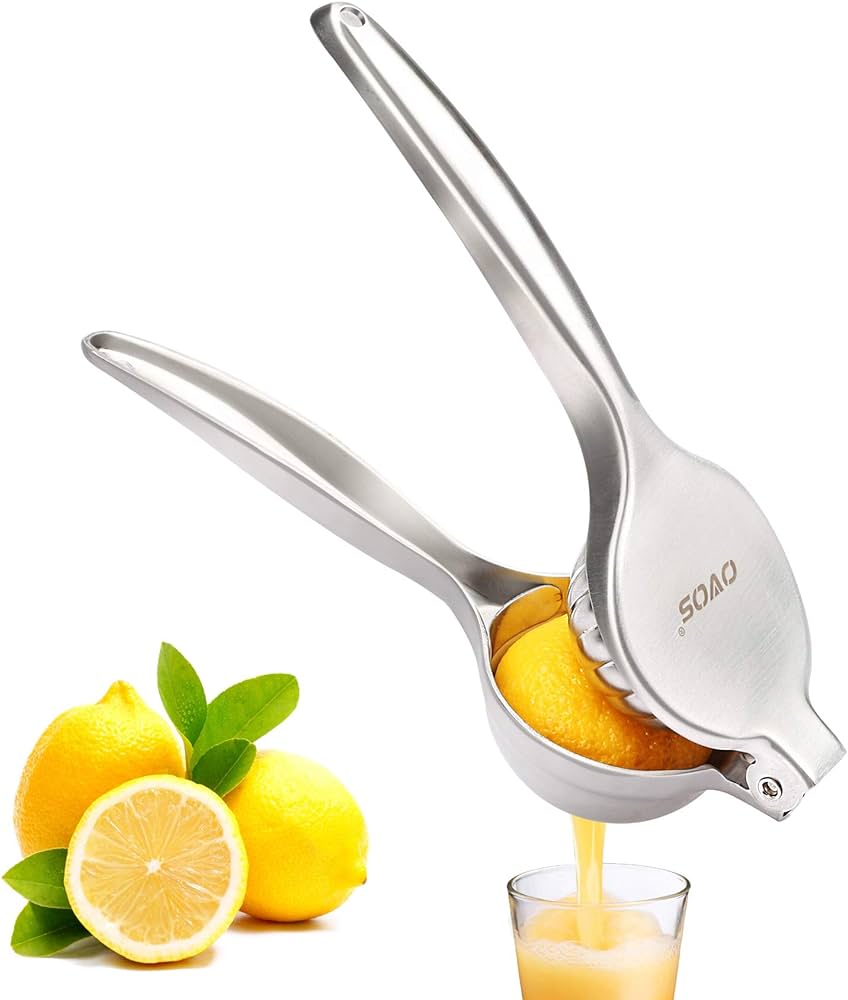
User Experiences and Insights
Real-world experiences and insights can help you perfect the art of juicing limes without a juicer.
Positive Feedback: Users often appreciate the simplicity of manual juicing methods and the fresh flavor that comes from freshly squeezed lime juice. Many people find the microwave method particularly helpful for softening limes quickly.
Combination Techniques: Some users recommend combining techniques, such as microwaving and using a fork or spoon, to extract the maximum amount of juice with minimal effort. This approach can save time and reduce hand strain.
Mess Management: Practical advice often includes tips for managing mess, like juicing over a bowl and using paper towels to catch drips. Cleaning as you go can help prevent sticky residues from forming on surfaces and utensils.
Exploring Alternatives: Users who frequently juice limes without a juicer sometimes explore other tools like reamers or handheld citrus squeezers for convenience. Investing in these inexpensive tools can simplify the process further.
Conclusion
Juicing limes without a juicer is simple and effective with the right techniques and tools. From hand squeezing and using utensils like forks or spoons to incorporating microwaving and utilizing manual juicers, there are multiple methods to suit different preferences and circumstances. By following these methods and tips, you can maximize juice extraction and enjoy the fresh, zesty flavor of lime juice in your culinary creations. This comprehensive guide ensures you have all the knowledge and techniques needed to juice limes efficiently and make the most of this versatile citrus fruit in your kitchen and beyond.





